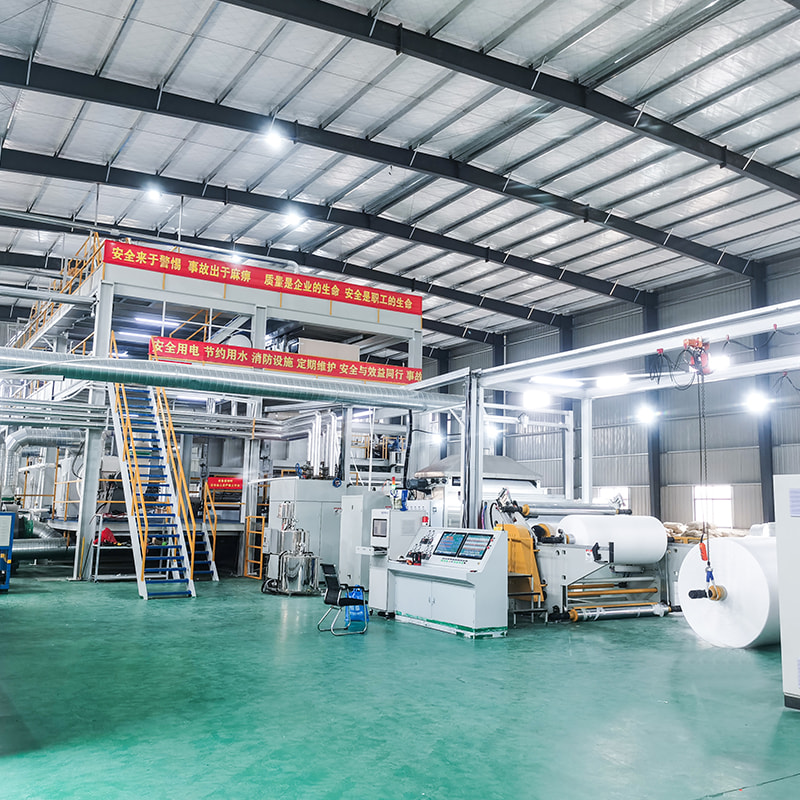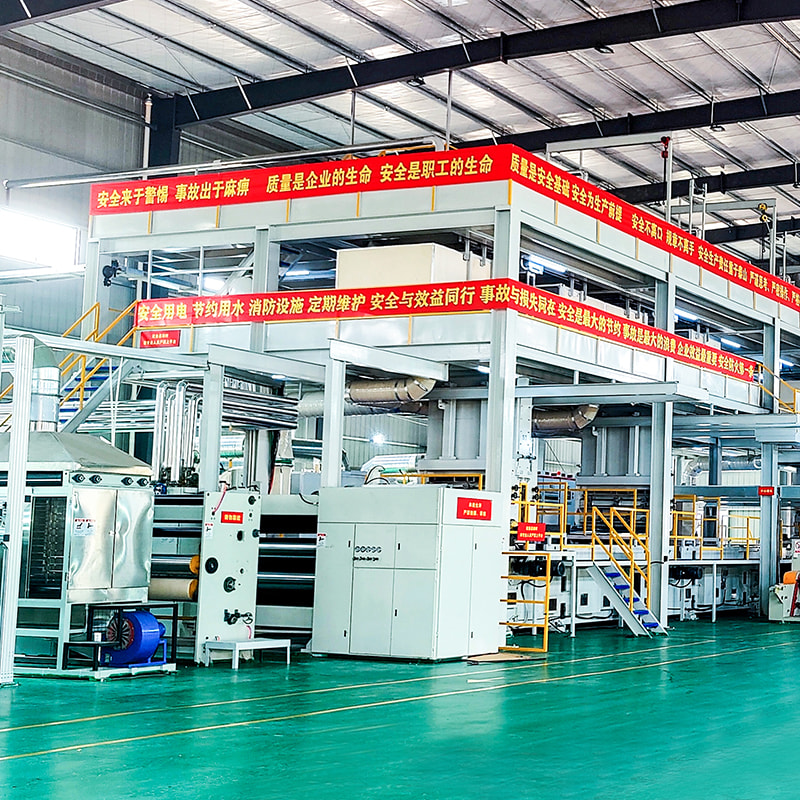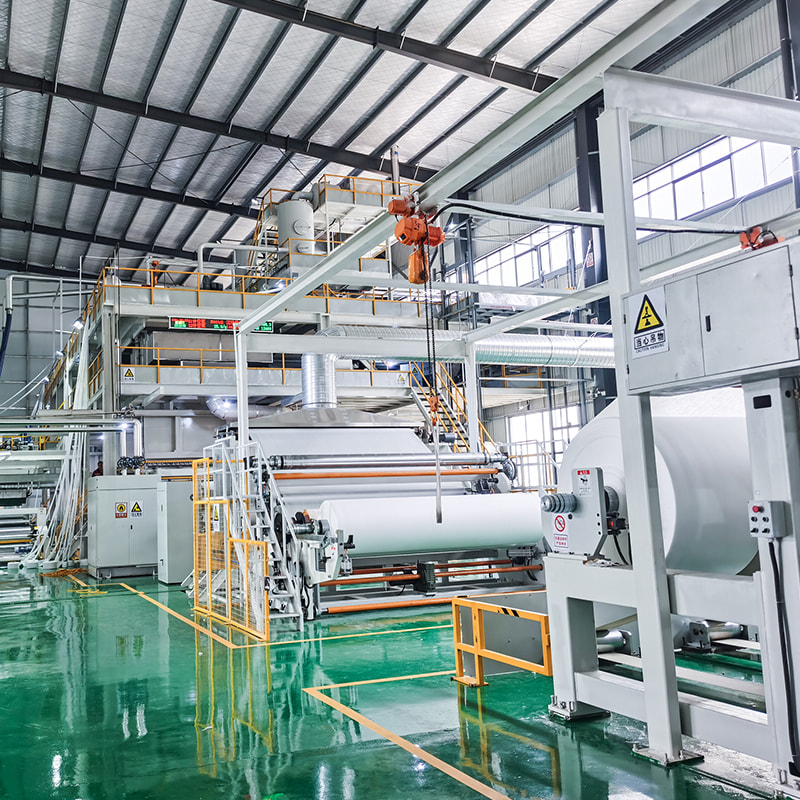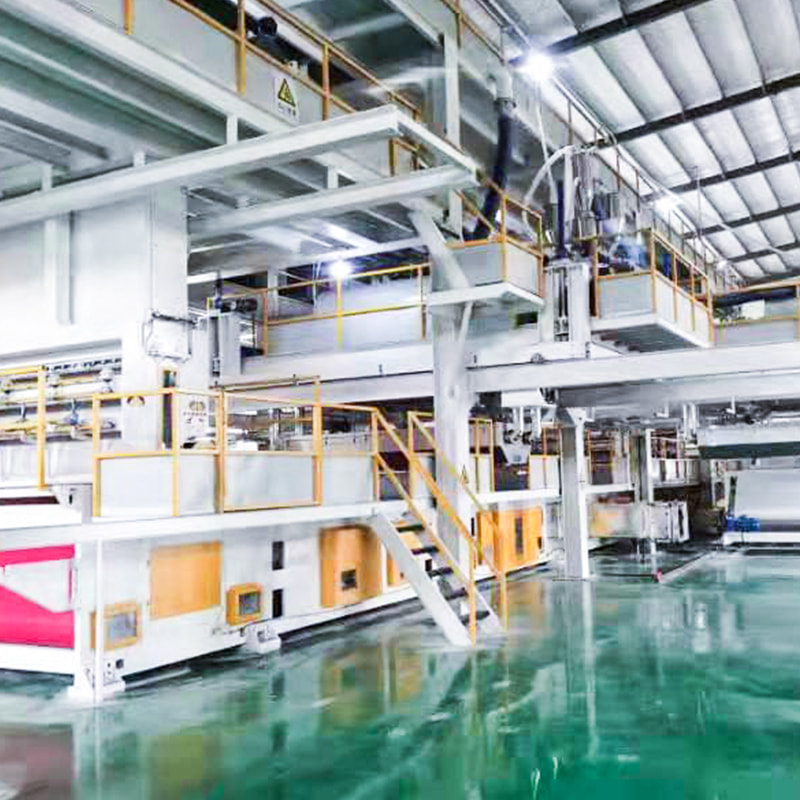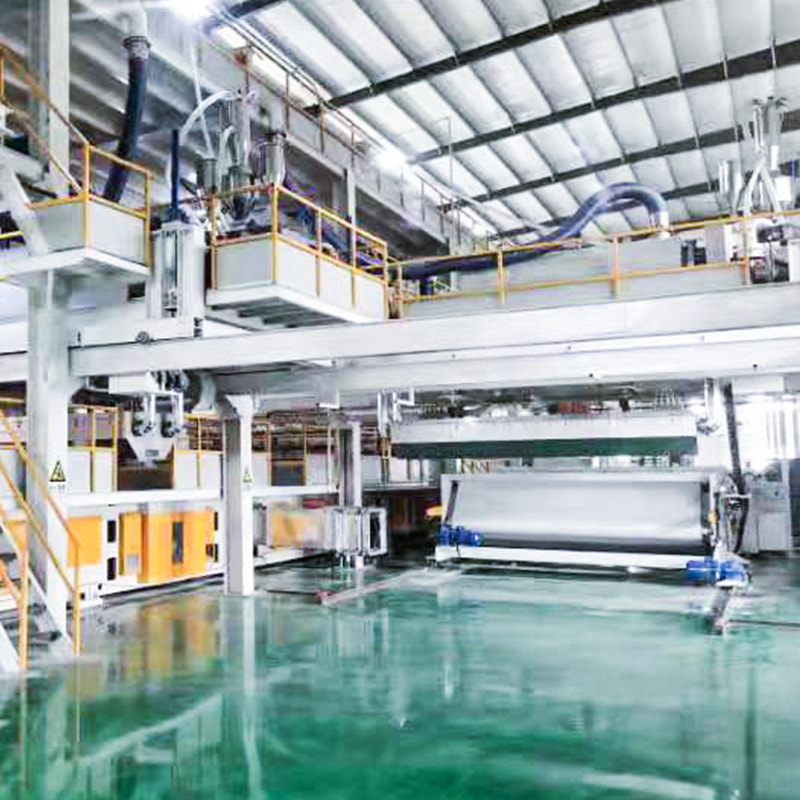What is Spunmelt Nonwoven Fabric?
Spunmelt nonwoven fabrics are a type of nonwoven material made by bonding fibers together through a combination of heat, pressure, and mechanical entanglement. Unlike traditional woven fabrics, spunmelt fabrics do not require weaving or knitting processes, making them faster and more cost-effective to produce. These fabrics are widely used in various industries, from healthcare to automotive, due to their versatile properties.
Production Process of Spunmelt Nonwovens
The production of spunmelt nonwoven fabrics involves several key steps:
- Extrusion: Plastic polymers, typically polypropylene (PP) or polyester (PET), are melted and extruded through spinnerets to form continuous filaments.
- Spinning: The extruded filaments are spun into a web-like structure.
- Bonding: The fibers are bonded together using heat and pressure or through the use of a chemical bonding agent to create a cohesive fabric.
Key Properties of Spunmelt Nonwoven Fabrics
Spunmelt nonwoven fabrics offer several advantageous properties that make them suitable for different applications:
- Lightweight: Spunmelt fabrics are lighter than traditional woven materials, making them ideal for use in products like diapers and medical gowns.
- Breathability: These fabrics are highly breathable, ensuring comfort for users, especially in hygiene and medical products.
- Durability: They exhibit high tensile strength, making them resistant to tearing and wear, which is essential for industrial and medical uses.
- Cost-effective: Spunmelt fabrics can be produced at a lower cost compared to woven textiles, which is an attractive feature for manufacturers.
- Versatility: Available in various grades, weights, and finishes, spunmelt fabrics can be tailored for different uses across diverse industries.
Applications of Spunmelt Nonwoven Fabrics
Spunmelt nonwoven fabrics are used in numerous industries due to their practical properties. Some common applications include:
- Medical and Hygiene Products: These include items like face masks, surgical drapes, diapers, and sanitary napkins, where absorbency, softness, and barrier properties are crucial.
- Filtration: Spunmelt fabrics are used in air and liquid filtration systems due to their excellent filtration efficiency and high surface area.
- Automotive: Spunmelt nonwoven fabrics are used in automotive components such as insulation materials, seat covers, and headliners due to their durability and lightness.
- Packaging: Spunmelt fabrics are also used in protective packaging applications where light, breathable material is required.
Advantages of Spunmelt Nonwoven Fabrics
The advantages of spunmelt nonwoven fabrics over traditional textiles are numerous. Some of these include:
- Speed of Production: The manufacturing process is quicker, allowing for faster turnaround times and more efficient production.
- Environmentally Friendly: Many spunmelt fabrics can be made from recyclable materials, contributing to sustainability efforts in various industries.
- Customization: These fabrics can be easily customized in terms of thickness, softness, and color, depending on the specific requirements of the end product.
Challenges in Spunmelt Nonwoven Fabric Production
While spunmelt nonwoven fabrics have numerous advantages, there are also some challenges to consider in their production:
- Material Limitations: Spunmelt fabrics are typically made from synthetic polymers, which limits their biodegradability and environmental impact compared to natural fibers.
- Machine Complexity: The manufacturing equipment for spunmelt fabrics can be expensive and requires specialized knowledge to operate, which can increase initial investment costs.
- Quality Control: Maintaining consistent quality across large-scale production can be challenging, as slight variations in fiber bonding can affect the final product's performance.
Future of Spunmelt Nonwoven Fabrics
The future of spunmelt nonwoven fabrics looks promising, with ongoing innovations focused on improving their environmental footprint, enhancing their properties, and expanding their applications. Researchers are working on creating biodegradable alternatives, improving production efficiencies, and exploring new uses in advanced sectors such as electronics and smart textiles.





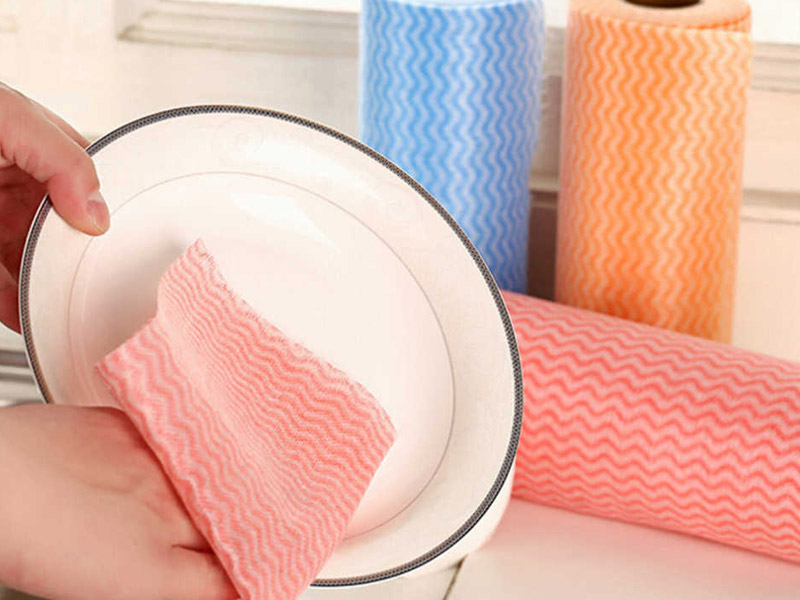
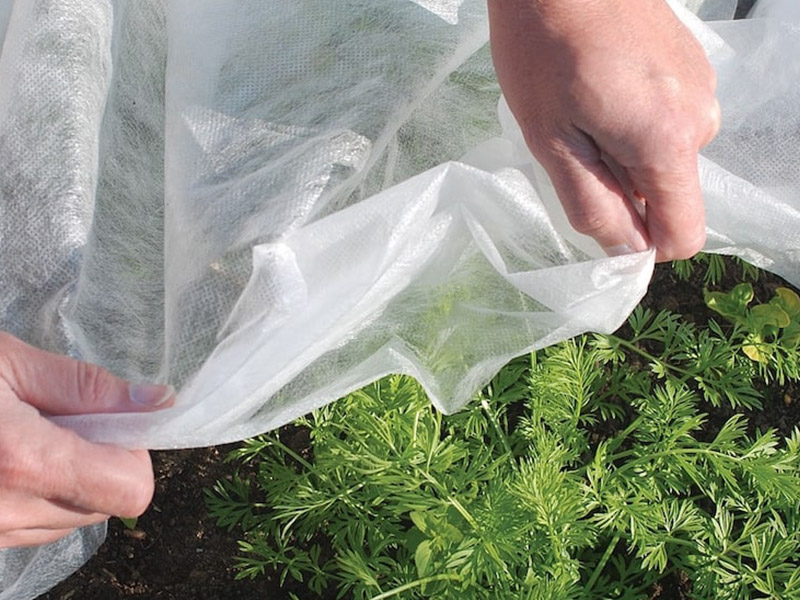
 English
English 中文简体
中文简体 русский
русский عربى
عربى